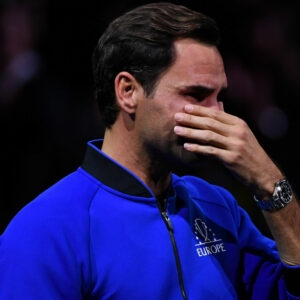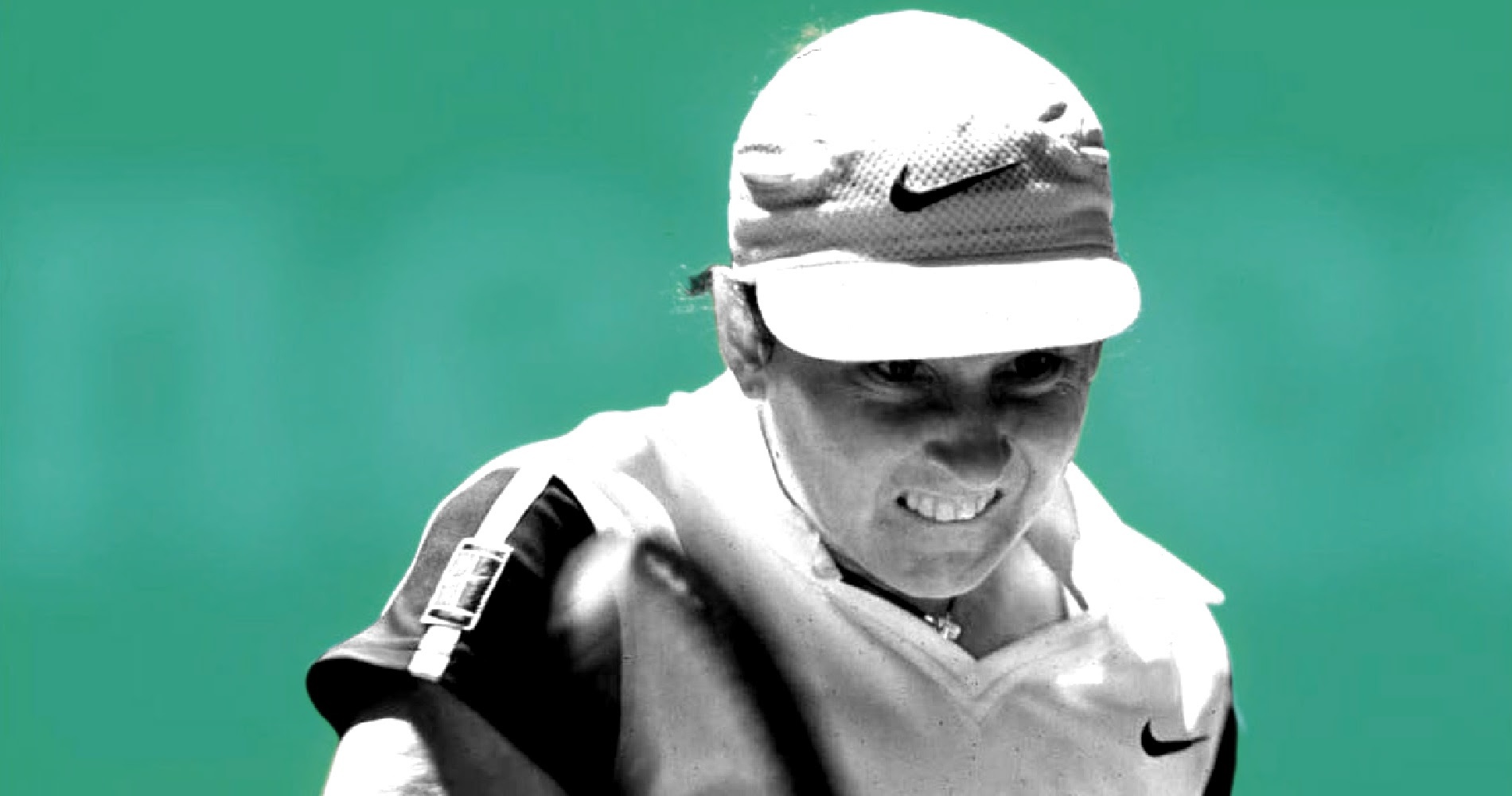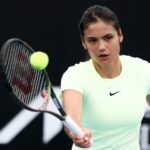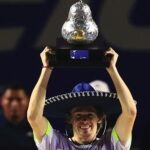February 1, 2004: Federer begins record reign on top of the world with Australian Open triumph
On this day in tennis history, a record-breaking reign on top of the world began in truly inimitable fashion.

What happened exactly on that day
On this day, February 1, 2004, Roger Federer, who had clinched the world No 1 spot by reaching the Australian Open final, began his reign in style, defeating Marat Safin (7-6, 6-4, 6-2) to claim a second Grand Slam title. The Swiss would remain world No 1 for 237 weeks without interruption, until August 2008 (overthrown by Rafael Nadal), setting an all-time record.
The players: Roger Federer and Marat Safin
- Roger Federer, new star of world tennis
Roger Federer, born in 1981, had recently become one of the leaders on the Tour. In his early years, Federer had performed well since his first professional matches. His mind-blowing game amazed the world of tennis and soon he was predicted to become the world No 1.
Expectations grew even bigger after, at the age of 19, he defeated the seven-time Wimbledon champion, Pete Sampras, in the fourth round of the Championships, in 2001 (7-6, 5-7, 6-4, 6-7, 7-5). However, young Roger was very emotional, and he didn’t cope very well with this pressure. Entering the top 10 in June 2002, his records in major events didn’t match his talent yet: in his first sixteen Grand Slam appearances, he never made it past the quarter-finals.
His biggest disappointment was his first-round loss in Roland-Garros 2003, where he lost in straight sets against Luis Horna, ranked No 88, after a poor performance. Perhaps this loss awoke the champion in him; one month later, he claimed his first major crown at Wimbledon, defeating Mark Philippoussis in the final (7-6, 6-2, 7-6).
Federer’s confidence and his hold on the Tour grew relentlessly, despite an early loss at the US Open. In the 2003 Masters Cup final, he delivered a masterclass to edge Andre Agassi (6-3, 6-0, 6-4), and even though he finished the year as world No 2, behind Andy Roddick, most of the pundits agreed that it was just a matter of months before he would reach world No 1.
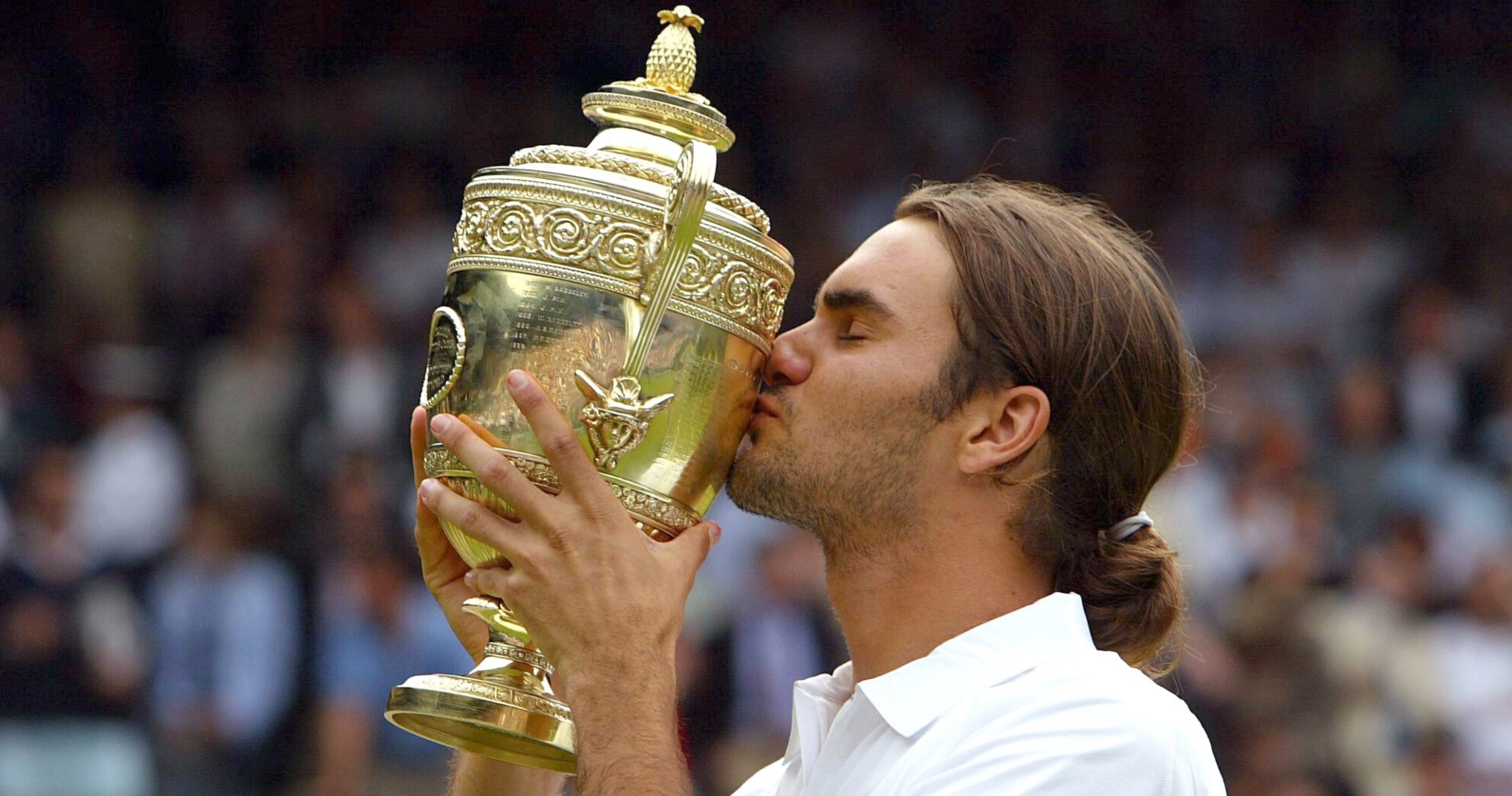
- Marat Safin, volatile, brilliant Russian
Marat Safin, from Russia, was born in 1980. He obtained his first remarkable result at Roland-Garros in 1998: ranked only No 116 in the world, he made his way out of the qualifications, and then beat former world No 1 Andre Agassi in the first round (5-7, 7-5, 6-2, 3-6, 6-2). In the next round, the 18-year-old ousted the defending champion and world No 8, Gustavo Kuerten (3-6, 7-6, 3-6, 6-1, 6-4), and he was only edged in the fourth round by Frenchman Cédric Pioline (7-5, 4-6, 6-7, 6-4, 6-4).
In 1999, he claimed his first title in Boston (defeating Greg Rusedski in the final, 6-4, 7-6) and reached the final at the Paris Masters 1000 (lost to Agassi, 7-6, 6-2, 4-6, 6-4). Safin’s career peaked in 2000, when he claimed his first Grand Slam title at the US Open (defeating Pete Sampras in the final, 6-4, 6-3, 6-3), before he became the youngest world No 1 in tennis history (a record broken in 2001 by Hewitt), in November. The Russian only held that spot for two weeks at the time (and nine weeks in total) and was overtaken by Gustavo Kuerten at the last minute for the ATP year-end champion crown.
In 2001, he was not as successful, and, despite reaching the semi-finals at the US Open (defeated by Sampras, 6-3, 7-6, 6-3) and claiming the Paris Masters 1000 title (defeating Hewitt in the final, 7-6, 6-0, 6-4), he finished the year outside of the top 10 (No 11). In 2002, he remained one of the best players in the world, but he faced several disappointments, including a surprising loss against Thomas Johansson in the Australian Open final (3-6, 6-4, 6-4, 7-6) and a heavy loss against Ferrero in the Roland-Garros semi-finals (6-3, 6-2, 6-4).
Safin finished that year as world No 3, leading Russia to the Davis Cup title against France, but injuries plagued his 2003 season. Having competed in only one Grand Slam tournament, his ranking had dropped down to world No 77.
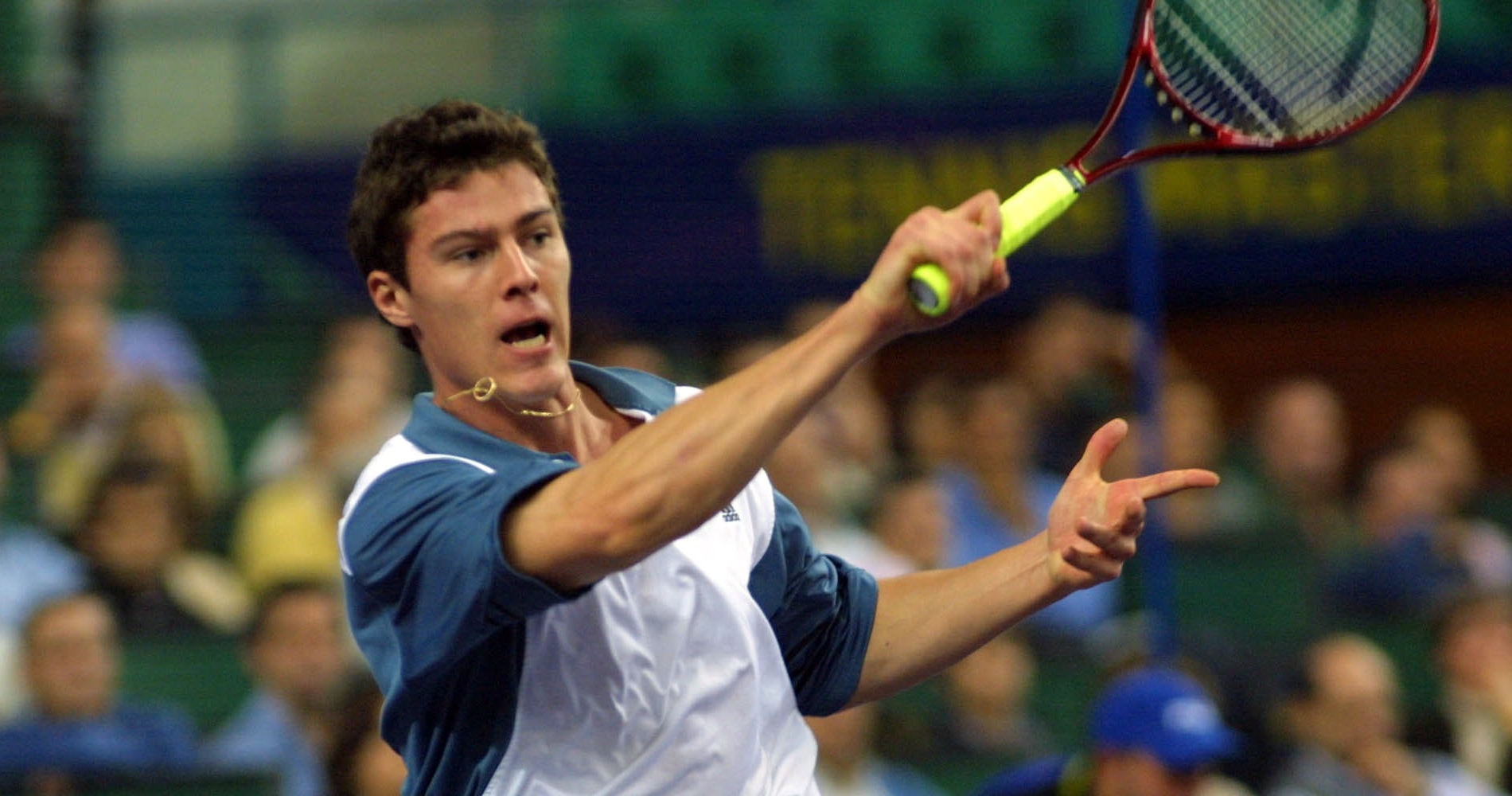
The place: Melbourne Park, Melbourne
Unlike the other Grand Slam tournaments, The Australian Open (first known as the Australasian Championships and, later, the Australian Championships) had moved several locations throughout the years. In fact, the event switched cities every year before it settled in Melbourne in 1972, and no less than five Australian cities had hosted the event at least three times: Melbourne, Sydney, Adelaide, Brisbane and Perth.
The event was held on grass at the Kooyong Stadium, in an affluent eastern suburb of Melbourne. Its timing had changed several times as well, between early December and January, going from being the first Grand Slam of the year to being the last.
Until 1982, many of the best players skipped the Australian Open, mainly because of the remoteness, and the low prize money, but then, with the triumph of Mats Wilander, the dynamic changed. The tournament’s board made big efforts to become as prestigious as the other Grand Slams, which ended up with the event moving to a new location in 1988, in Flinders Park (later known as Melbourne Park), switching from grass to hard courts, and displaying the first-ever centre court equipped with a retractable roof.
Prizes increased as well, and it wasn’t long before the tournament became many players’ favourite Grand Slam.
The facts: Jubilant Federer too strong for Safin
At the start of the 2004 Australian Open, Roger Federer and Marat Safin were at two different moments of their career. The Swiss had claimed his first major title in 2003, and, after a very impressive performance at the Masters Cup, where he gave Agassi one of his heaviest losses, he seemed to be on his way to become world No 1.
In Melbourne, he reached the spot when he defeated Juan Carlos Ferrero in the semi-finals (6-4, 6-1, 6-4). As a token of his new consistency, he had also beaten David Nalbandian, whom he had only defeated once in six previous encounters, in the quarter-finals (7-5, 6-4, 5-7, 6-3).
Meanwhile, the Russian had played only 25 matches in a 2003 season plagued by injuries. World No 86, he had to fight hard to make his way into the final, but he proved that his ranking didn’t match his level of play. After a five-set combat against Todd Martin in the third round (7-5, 1-6, 4-6, 6-0, 7-5), he defeated Andy Roddick, world No 1, in the quarter-finals (2-6, 6-3, 7-5, 6-7, 6-4), and in the semi-finals, he played a classic semi-final match against Agassi (7-6, 7-6, 5-7, 1-6, 6-3).
The final between these two talented players was promising.
“Marat is a great guy and we are all happy to see him back, but scared at the same time,” said Federer before the match.
On paper, the public was up for a great show, provided that Safin had recovered from his three five-set matches. Unfortunately for him, he paid the price for his previous efforts, and, after a close first set which he lost 7-6, he collapsed and was outplayed 6-4, 6-2 in the following sets.
“I’m glad to be in the finals again and to have played my best tennis after last year’s injuries,” he said to the crowd. “I’m really sorry, I just ran out of gas today.”
“What a great start to the year,” said Federer. “To win the Australian Open and become number one in the world is a dream come true.”
Accordign to The New York Times, the new world No 1 also explained: “I thought I played great, basically, from the first round on. Normally you always have some difficulties in the beginning, but I never had a feeling that I had one match these whole two weeks where I thought, ‘I’m not hitting the ball fine.”
After the eight previous Grand Slam tournaments had been won by eight different players, Federer’s second triumph in a six-month period suggested that he was maybe taking the lead for a while.
“My goal is to stay No. 1 for as long as I can,” he said.
What next: Federer begins world domination
Not only would Federer stay No 1 for as long as he could, but he would set new records, remaining at the top spot for a total of 310 weeks, including 237 consecutive weeks between 2004 and 2008. He would also set a Grand Slam record, holding no less than 20 majors crowns. In 2004, he would add two majors to his list of achievements, defending his title at Wimbledon (defeating Roddick in the final, 4-6, 7-5, 7-6, 6-4) and claiming a first US Open title (beating Hewitt in the final, 6-0, 7-6, 6-0).
The classic Australian Open match between Federer and Safin that didn’t happen in the 2004 final would happen a year later, in the semi-finals. The Russian would edge Federer after saving a match point (5-7, 6-4, 5-7, 7-6, 9-7) before clinching his second and last Grand Slam title, defeating the local hero Lleyton Hewitt in the final (1-6, 6-3, 6-4, 6-4).

